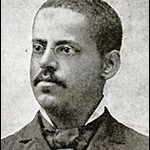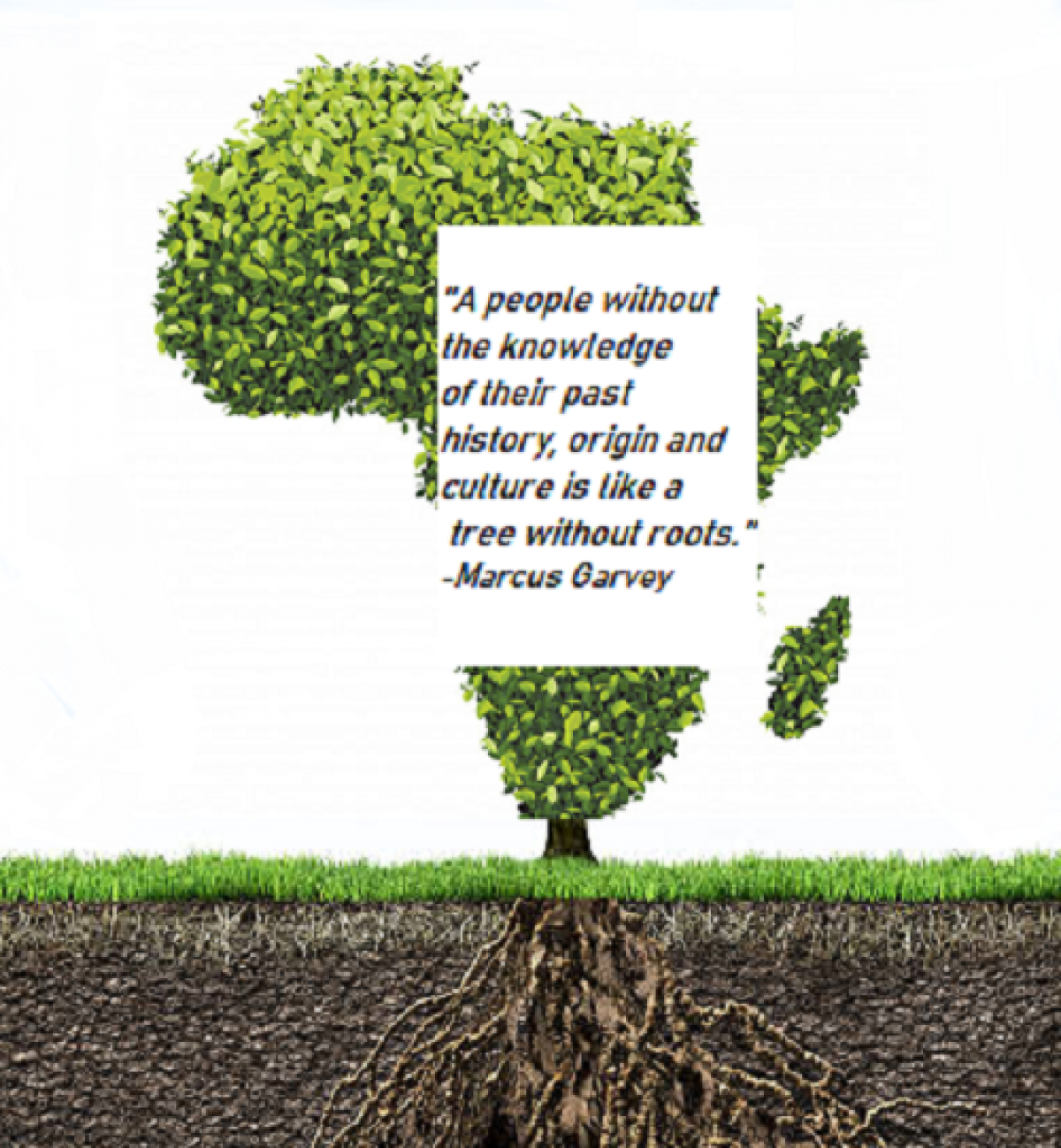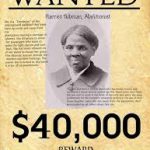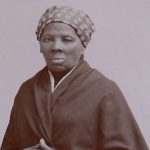 You have only heard about Thomas Edison in relation to the invention of the light bulb right? Read about Lewis Latimer’s invention in relation to this.
You have only heard about Thomas Edison in relation to the invention of the light bulb right? Read about Lewis Latimer’s invention in relation to this.
Lewis Latimer is considered one of the 10 most important Black inventors of all time, not only for the sheer number of inventions created and patents secured but also for the magnitude of importance for his most famous discovery.
Latimer was born on September 4, 1848 in Chelsea, Massachusetts. His parents were George and Rebecca Latimer, both runaway slaves who migrated to Massachusetts in 1842 from Virginia. George Latimer was captured by his slave owner, who was determined to take him back to Virginia. His situation gained great notoriety, even reaching the Massachusetts Supreme Court. Eventually George was purchased by abolition supporters who set him free.
Lewis served in the United States Navy for the Union during the Civil War, assigned to the U.S.S. Massasoit gunboat and received an honorable discharge on July 3, 1865. After his discharge he sought employment throughout Boston, Massachusetts and eventually gained a position as an office boy with a patent law firm, Crosby and Gould earning $3.00 each week. After observing Latimer’s ability to sketch patent drawings, he was eventually promoted to the position of head draftsman earning $20.00 a week. In addition to his newfound success, Latimer found additional happiness when he married Mary Wilson in November of 1873.
In 1874, along with W.C. Brown, Latimer co-invented an improved of a train water closet, a bathroom compartment for railroad trains. Two years later, Latimer would play a part in one of the world’s most important inventions.
In 1876, Latimer was sought out as a draftsman by a teacher for deaf children. The teacher had created a device and wanted Lewis to draft the drawing necessary for a patent application. The teacher was Alexander Graham Bell and the device was the telephone. Working late into the night, Latimer worked hard to finish the patent application, which was submitted on February 14, 1876, just hours before another application was submitted by Elisha Gray for a similar device.
In 1880, after moving to Bridgeport, Connecticut, Latimer was hired as the assistant manager and draftsman for U.S. Electric Lighting Company owned by Hiram Maxim. Maxim was the chief rival to Thomas Edison, the man who invented the electric light bulb. The light was composed of a glass bulb which surrounded a carbon wire filament, generally made of bamboo, paper or thread. When the filament was burned inside of the bulb (which contained almost no air), it became so hot that it actually glowed.
Thus by passing electricity into the bulb, Edison had been able to cause the glowing bright light to emanate within a room. Before this time most lighting was delivered either through candles or through gas lamps or kerosene lanterns. Maxim greatly desired to improve on Edison’s light bulb and focused on the main weakness of Edison’s bulb – their short life span (generally only a few days.) Latimer set out to make a longer lasting bulb.
Latimer devised a way of encasing the filament within an cardboard envelope which prevented the carbon from breaking and thereby provided a much longer life to the bulb and hence made the bulbs less expensive and more efficient. This enabled electric lighting to be installed within homes and throughout streets.
Latimer’s abilities in electric lighting became well known and soon he was sought after to continue to improve on incandescent lighting as well as arc lighting. Eventually, as more major cities began wiring their streets for electric lighting, Latimer was dispatched to lead the planning team. He helped to install the first electric plants in Philadelphia, New York City and Montreal and oversaw the installation of lighting in railroad stations, government building and major thoroughfares in Canada, New England and London.
 In 1890, Latimer, having been hired by Thomas Edison, began working in the legal department of Edison Electric Light Company, serving as the chief draftsman and patent expert. In this capacity he drafted drawings and documents related to Edison patents, inspected plants in search of infringers of Edison’s patents, conducted patent searches and testified in court proceeding on Edison’s behalf. Later that year wrote the worlds most thorough book on electric lighting, “Incandescent Electric Lighting: A Practical Description of the Edison System.”
In 1890, Latimer, having been hired by Thomas Edison, began working in the legal department of Edison Electric Light Company, serving as the chief draftsman and patent expert. In this capacity he drafted drawings and documents related to Edison patents, inspected plants in search of infringers of Edison’s patents, conducted patent searches and testified in court proceeding on Edison’s behalf. Later that year wrote the worlds most thorough book on electric lighting, “Incandescent Electric Lighting: A Practical Description of the Edison System.”
Lewis was named one of the charter members of the Edison pioneer, a distinguished group of people deemed responsible for creating the electrical industry. The Edison Electric Lighting would eventually evolve into what is now known as the General Electric Company.
Latimer continued to display his creative talents over then next several years. In 1894 he created a safety elevator, a vast improvement on existing elevators. He next received a patent for Locking Racks for Hats, Coats, and Umbrellas. The device was used in restaurants, hotels and office buildings, holding items securely and allowing owners of items to keep the from getting misplaced or accidentally taken by others. He next created a improved version of a Book Supporter, used to keep books neatly arranged on shelves.
Latimer next devised a method of making rooms more sanitary and climate controlled. He termed his device an Apparatus for Cooling and Disinfecting. The device worked wonders in hospitals, preventing dust and particles from circulating within patient rooms and public areas.
Throughout the rest of his life, Latimer continued to try to devise ways of improving everyday living for the public, eventually working in efforts to improve the civil rights of Black citizens within the United States. He also painted portraits and wrote poetry and music for friends and family. Lewis Latimer died on December 11, 1928 and left behind a legacy of achievement and leadership that much of the world owes thanks.
Source: http://blackinventor.com/lewis-latimer/




 PART 1
PART 1